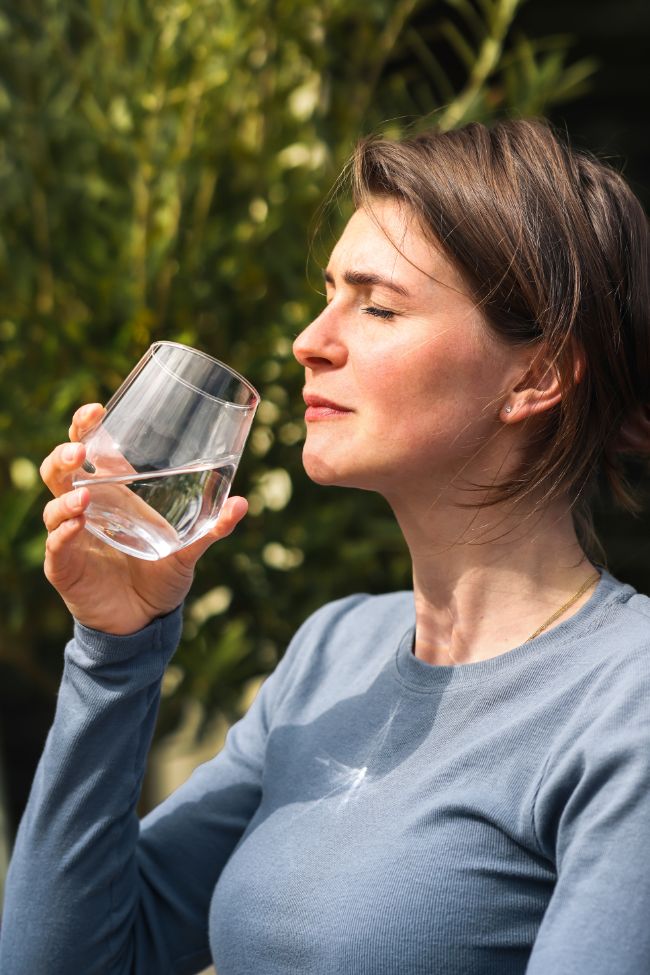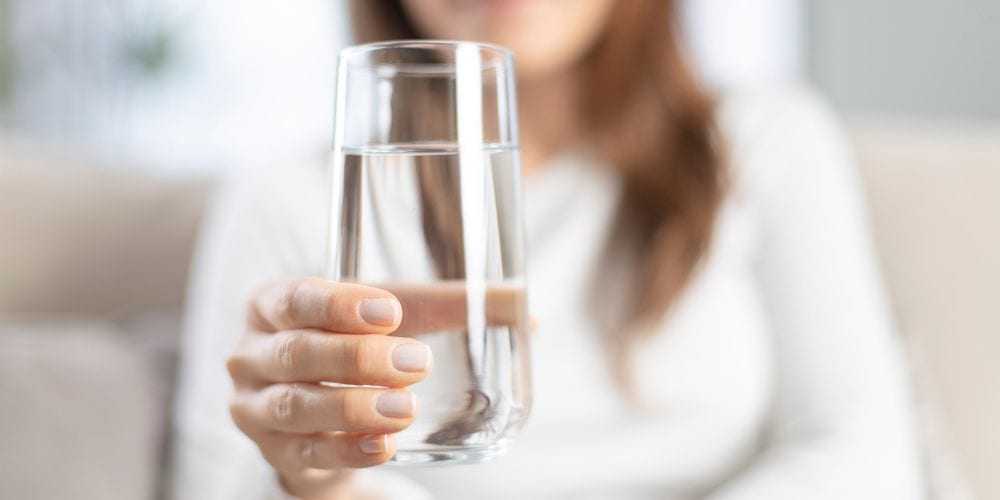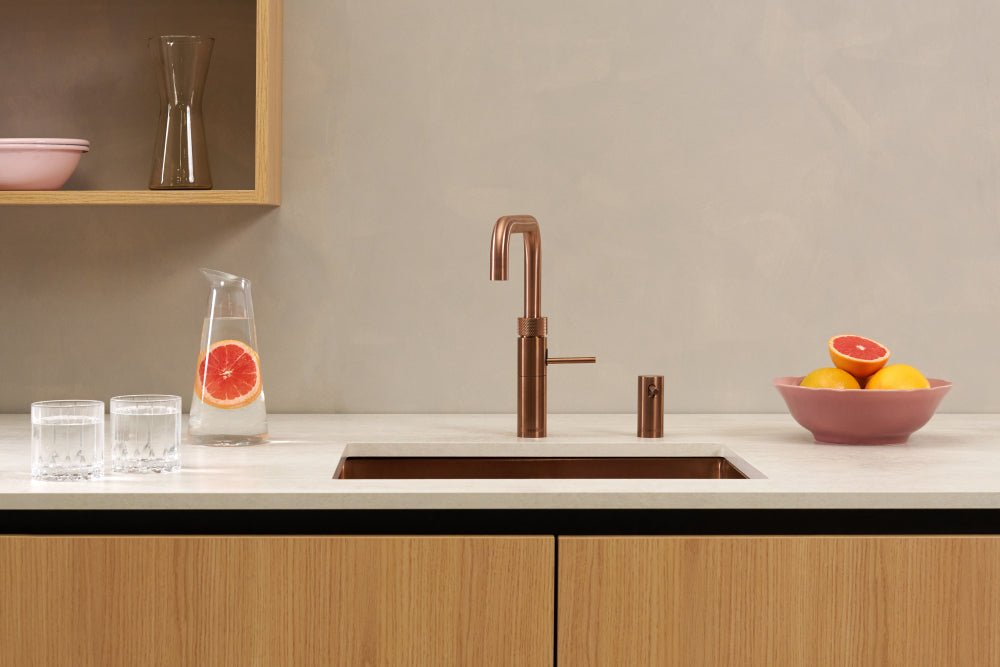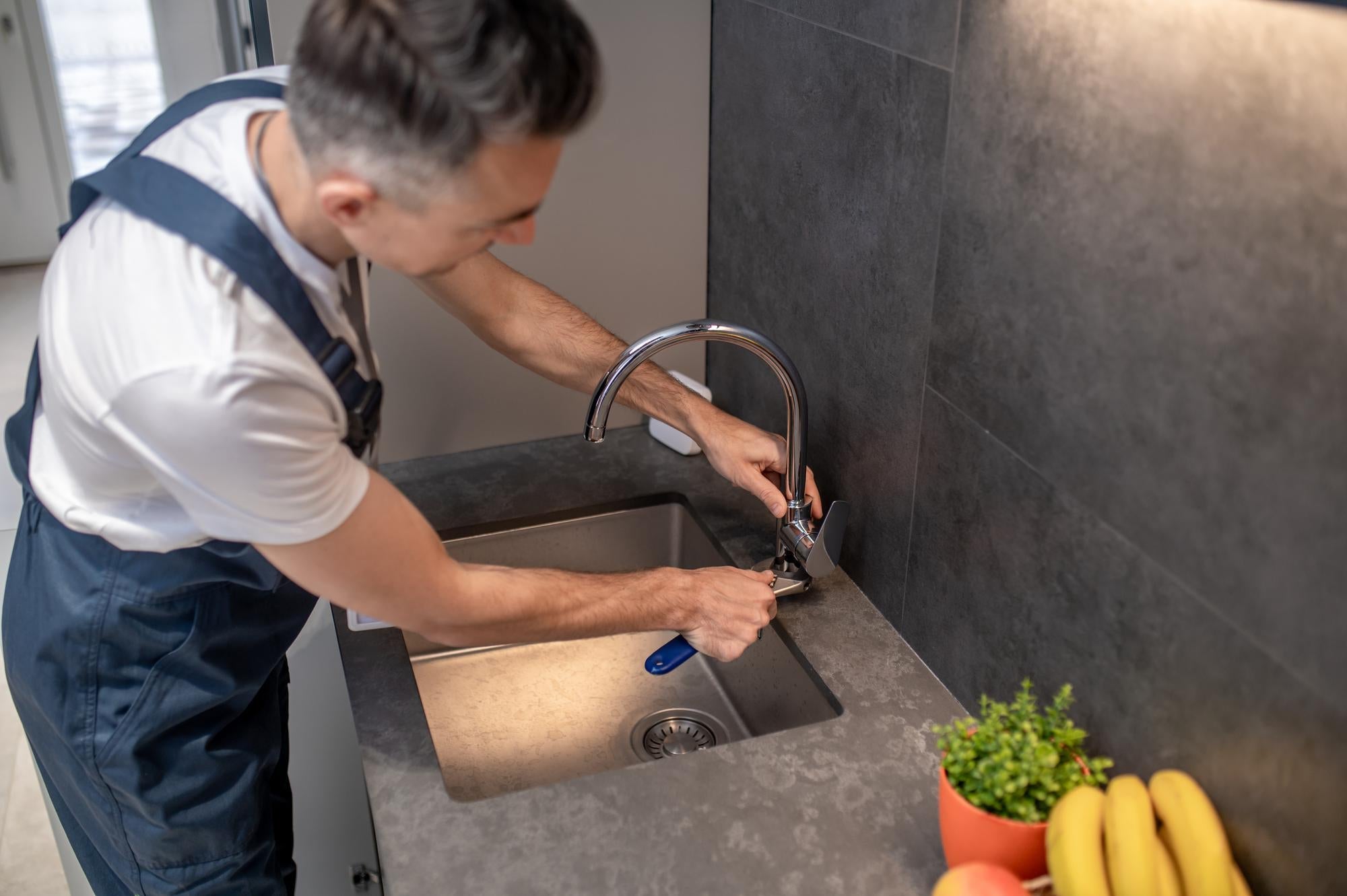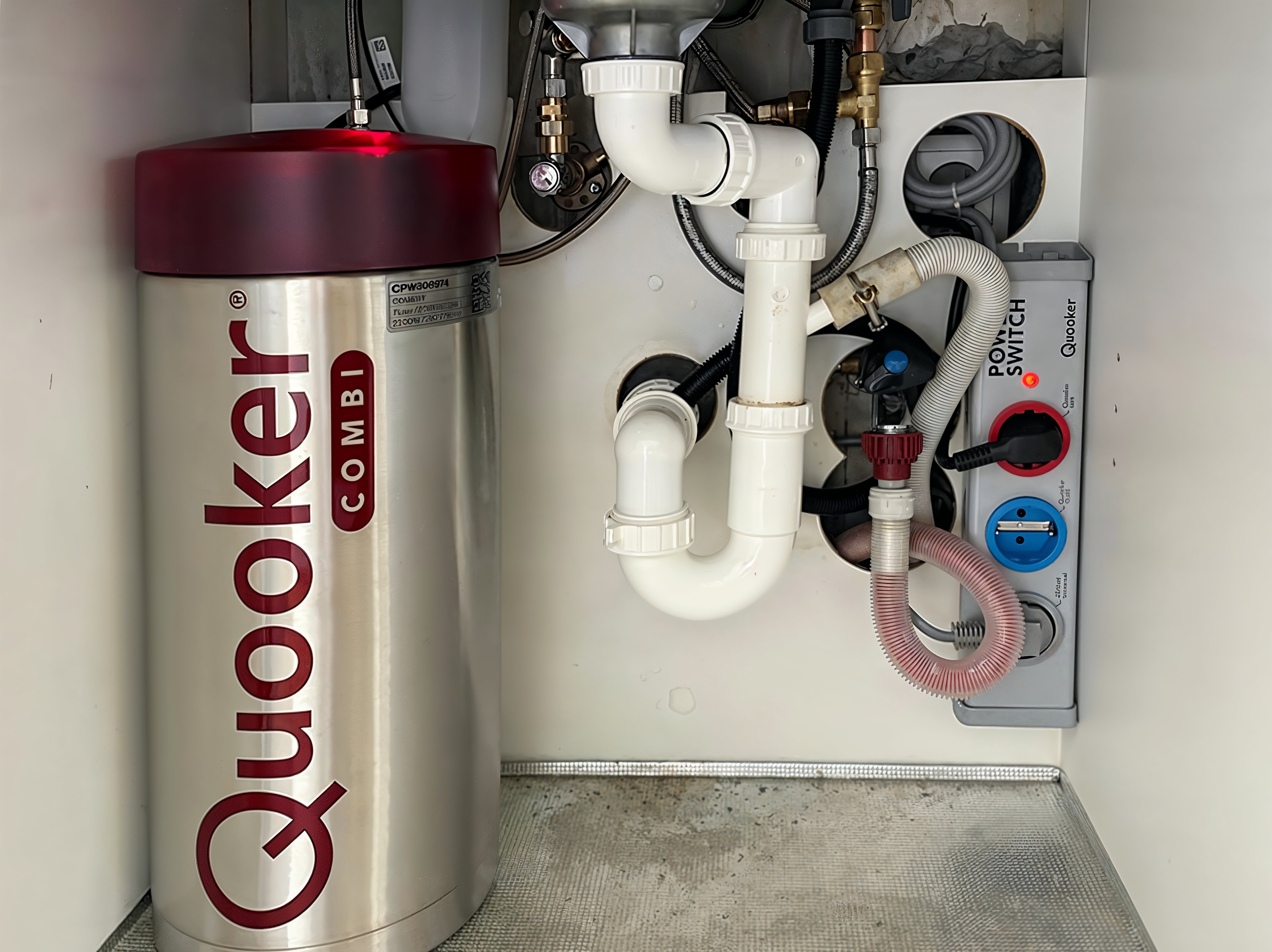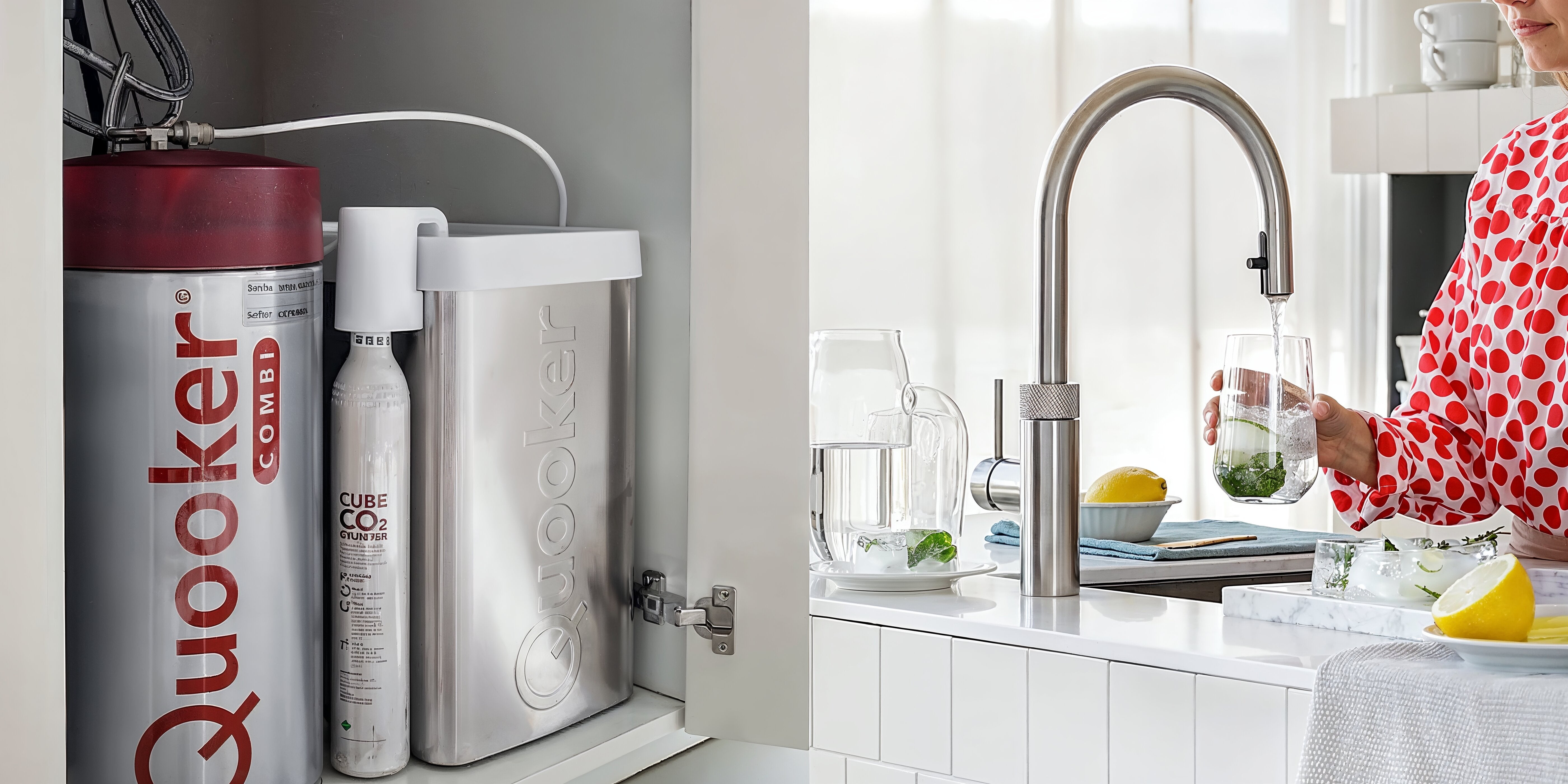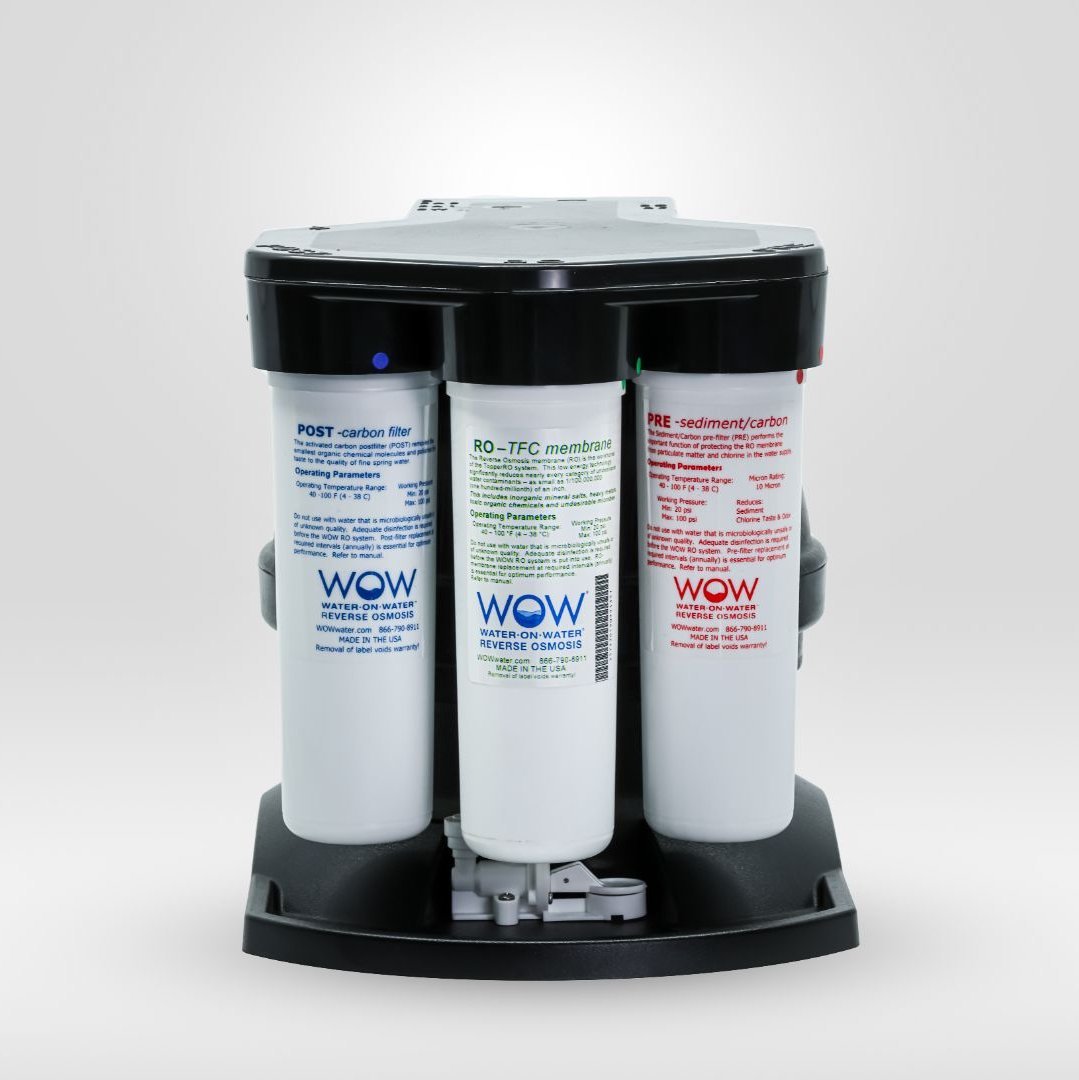With a new water purifier, it's essential to thoroughly flush the system before first use. This process removes production residues, loose carbon, and other materials that may have been trapped in the filter during manufacturing and shipping. For a countertop model, 5-10 liters of water is usually sufficient, while larger under-counter systems like our The Source require 15-20 liters. Flushing ensures optimal filter performance and pure, flavorful water from the very first glass.
Why should you flush a water purifier before use?
A new water purifier contains various production residues that must be removed before you can drink the purified water. Filters consist of various materials, including activated carbon, membranes, and other filter media. During production and transport, small particles of these materials can break off and remain in the filter.
Flushing removes these loose particles and ensures optimal system performance. Flushing is especially crucial for filters with activated carbon, as carbon particles can give the water a gray color and an unpleasant taste. Flushing is also crucial for reverse osmosis systems like The Source water filter system to properly activate all components.
Skipping this step can cause several problems:
- Impure taste due to production residues and loose carbon particles
- Reduced filter capacity because not all filter media are properly activated
- Possible blockage of the system by loose particles
- Shorter filter life
By thoroughly flushing, you activate all the filter media and ensure the system is functioning optimally from the start. This extends the life of your water purifier and ensures the best water quality. For systems like The Source with multiple filters, flushing ensures that each filter component is properly prepared for years of use.
How much water do you need to flush a water purifier?
The amount of water needed to properly flush your water purifier varies by system type. The size and complexity of the filter determine how much water you should use. Below is an overview for different types of water purifiers:
| Type of water purifier | Required amount of water | Flushing time |
|---|---|---|
| Table model water filter | 5-10 liter | 10-15 minutes |
| Under-counter system (like The Source) | 15-20 liter | 20-30 minutes |
| Complete home system | 30-50 liter | 30-45 minutes |
With a tabletop water filter, the process is relatively simple. Fill the reservoir several times and let the water run completely without using it. During the first few refills, you may see a grayish color or small particles in the water—this is normal and means the flushing is working.
For an under-sink system like The Source with reverse osmosis technology, the process is more extensive. After installation, you should turn on the faucet and let the water run for at least 20-30 minutes. This ensures that all filters, including the membrane and the pre- and post-filters, are thoroughly rinsed.
Practical tips to determine whether flushing is complete:
- Check the clarity of the water - it should be completely clear with no floating particles
- Taste a small amount of water - there should be no strange taste
- Use a TDS meter to check purity - readings should be stable
- When in doubt, flush a little longer rather than too short.
Although flushing uses some water, it's an essential investment in the quality and longevity of your water purifier. The water used is disproportionate to the amount of pure water your system will produce over its lifetime.
After flushing, your water purifier is ready to use, and you can enjoy pure, healthy water that has been purified of up to 99% of unwanted substances. This water is not only better for your health but also enhances the taste of tea, coffee, and other beverages you prepare with it.
